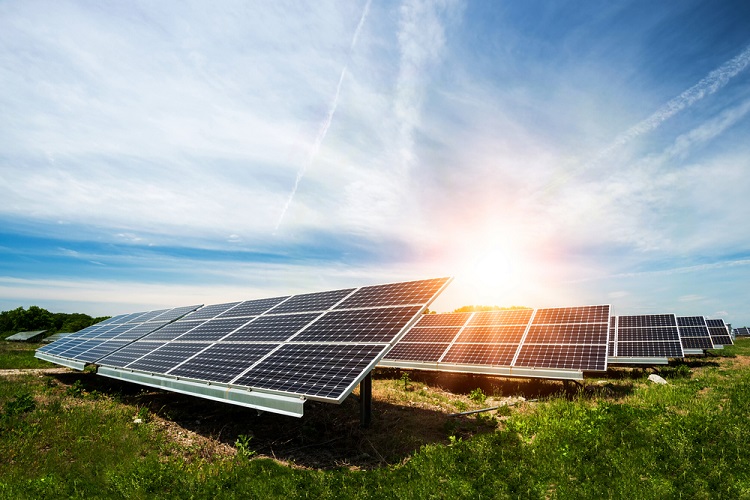With several advantages including less greenhouse gas emissions and long-term cost reductions, solar power has emerged as a potential renewable energy source. As a consequence, solar energy has been more widely used all around the world. Nevertheless, despite its numerous benefits, there are a number of issues that must be resolved for its effective application. We will look at some of the main obstacles to the widespread use of solar energy in this post.

High Initial Costs:
The significant initial expenditure needed to use solar electricity is one of the main obstacles. Solar panels, inverters, batteries, and other related equipment may be expensive to buy and install. Even though the costs have been coming down over the years, many homes, companies, and governments still find it difficult to transition to solar energy.
Intermittency and Storage:
The amount of sunlight available and the weather have a significant impact on the production of solar electricity. The issue of regularly satisfying the energy needs is posed by this erratic supply. A significant issue that has to be solved is how to store extra energy produced at the height of the day for use during the hours of low light. For this difficulty to be overcome, effective and affordable energy storage systems must be developed.
Grid Integration and Infrastructure:
It is a challenging endeavor to incorporate solar energy into current electricity networks. Because solar power output is sporadic, extensive planning and coordination are necessary to provide a steady and dependable power supply. For utilities and governments, upgrading and extending the current infrastructure to support solar power production may be very difficult.
Land and Space Requirements:
Solar power plants need a lot of land or rooftop area to set up the required infrastructure. Finding an appropriate location for solar panels may be difficult in crowded places or urban settings. It is particularly difficult to strike a balance between the need for renewable energy production and competing land-use demands like conservation or agriculture.
Maintenance and Durability:
Despite their lengthy lifetime, solar panels still need regular maintenance to work at their best. Over time, the effectiveness of the panels might be decreased by external variables including dust and grime. Extreme weather conditions may also harm the panels, prompting expensive repairs or replacements. Examples include hailstorms and severe snowfall. The long-term profitability of solar power systems depends on ensuring their toughness and dependability.
Policy and Regulatory Hurdles:
The broad use of solar electricity may be hampered by the absence of uniform rules and enabling legislation. Old or complicated rules may deter investment in solar energy projects in many areas. Some actions that may aid in the expansion of solar electricity include streamlining the permitting procedure, offering financial incentives, and adopting advantageous net metering laws.
Conclusion:
Solar energy has many benefits, but there are obstacles to its broad adoption. These problems may be successfully solved with the help of technological developments, falling prices, and encouraging legislation. Promoting the widespread use of solar energy as a sustainable and clean energy source requires cooperation among governments, utilities, customers, and solar power system manufacturers. By overcoming these obstacles, we can use solar energy to its fullest capacity and contribute to a more sustainable and environmentally friendly future.
Read More Here:
What are the Main Components of a Solar Power System
What Are the Different Types of Solar Panels Available
What Factors that Affect the Lifespan of a Solar Panel
What are the Various Methods Used to Store Solar Energy for Non-Sunny Periods
What are the Environmental Benefits of Solar Power
What are the Financial Benefits of Installing Solar Panels
What is Net Metering and How Does it Relate to Solar Power
What is the Role of Government Incentives and Policies in Promoting Solar Power
What are the Most Important Factors to Consider When Sizing a Solar Power System
